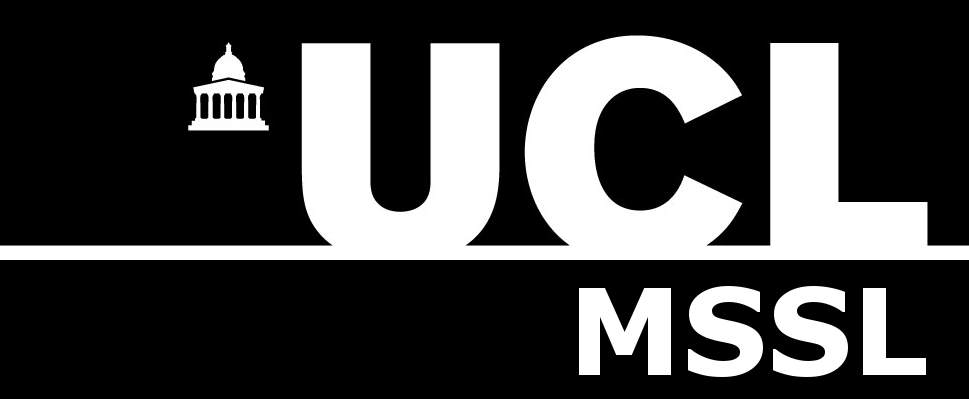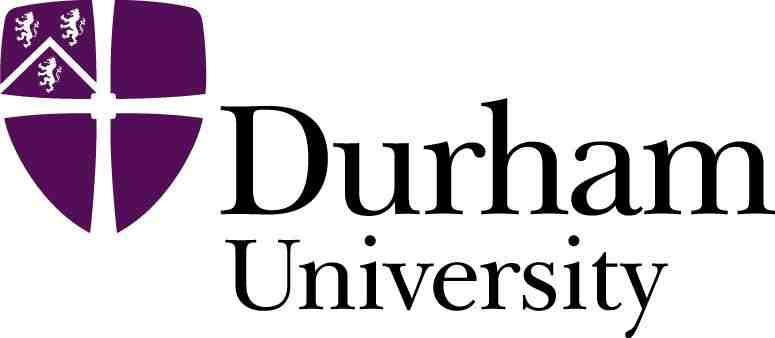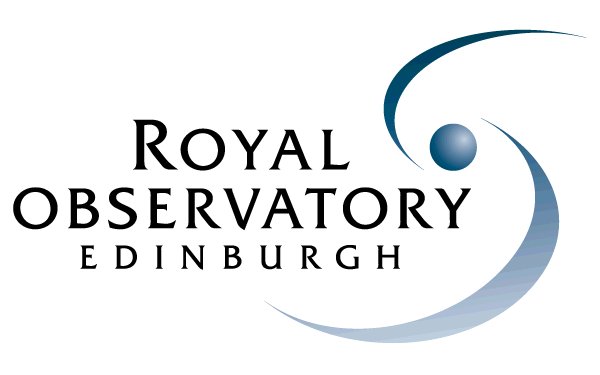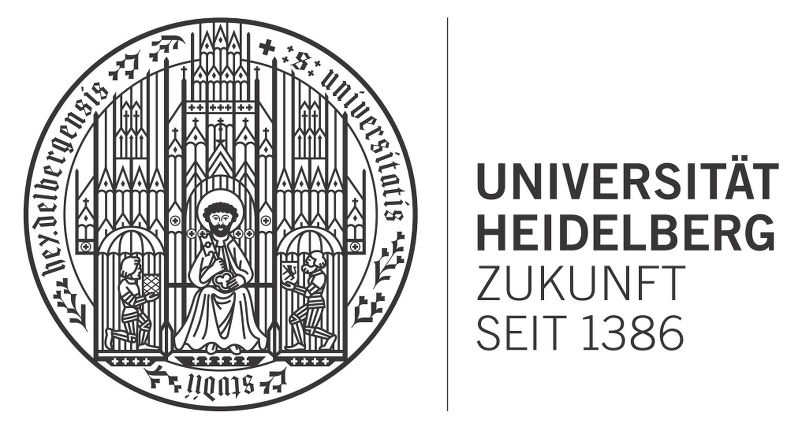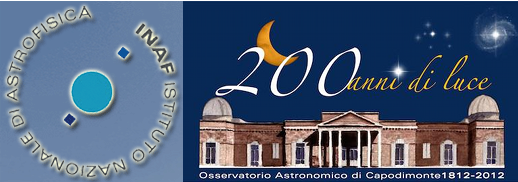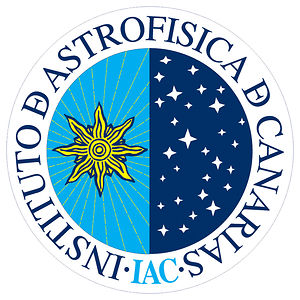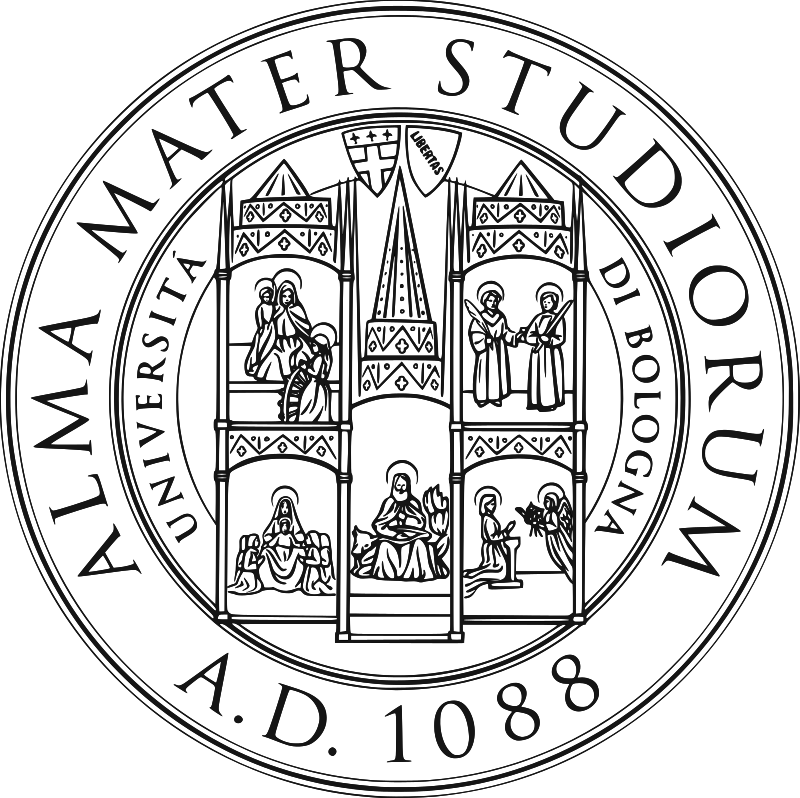What is Chronos?Chronos is our response to ESA's call for white papers to define the science for the future L2, L3 missions. Chronos targets the formation and evolution of galaxies, by collecting the deepest NIR spectroscopic data, from the formation of the first galaxies at z~10 to the peak of formation activity at z~1-3. The strong emission from the atmospheric background makes this type of survey impossible from a ground-based observatory. The spectra of galaxies represent the equivalent of a DNA fingerprint, containing information about the past history of star formation and chemical enrichment. The proposed survey will allow us to dissect the formation process of galaxies including the timescales of quenching triggered by star formation or AGN activity, the effect of environment, the role of infall/outflow processes, or the connection between the galaxies and their underlying dark matter haloes. To provide these data, the mission requires a 2.5m space telescope optimised for a campaign of very deep NIR spectroscopy. A combination of a high multiplex and very long integration times will result in the deepest, largest, high-quality spectroscopic dataset of galaxies from z=1 to 12, spanning the history of the Universe, from 400 million to 6 billion years after the big bang, i.e. covering the most active half of cosmic history. The paper was submitted on the 24th of May, 2013. After being reviewed by a panel of experts, twenty-one shortlisted proposals (including Chronos) have been invited to present their cases during an open workshop to be held at ESA's headquarters in Paris, early September (see ESA Call above). November 2013 The director of science and robotic exploration has put forward the hot and energetic Universe and the gravitational Universe as the science cases for the L2 and L3 slots, respectively. There is a Nature article on this here. Our best wishes for the Athena+ and eLISA teams. LeadsIgnacio Ferreras (MSSL/University College London, UK)Ray Sharples (Durham University, UK) Science Core TeamJames Dunlop (ROE)Anna Pasquali (ARI-Heidelberg) Francesco La Barbera (INAF-Naples) Alexandre Vazdekis (IAC) Sadegh Khochfar (ROE) Mark Cropper (MSSL/UCL) Andrea Cimatti (Bologna) Michele Cirasuolo (UKATC/ROE) Richard Bower (Durham), Jarle Brinchmann (Leiden), Ben Burningham (Herts), Michele Cappellari (Oxford), Stéphane Charlot (IAP), Christopher J. Conselice (Nottingham), Emanuele Daddi (CEA/Saclay), Eva K. Grebel (Heidelberg), Rob Ivison (UKATC), Matt J. Jarvis (Oxford), Daisuke Kawata (MSSL/UCL), Robert C. Kennicutt (Cambridge), Tom Kitching (MSSL/UCL), Ofer Lahav (UCL), Roberto Maiolino (Cambridge), Mat Page (MSSL/UCL), Reynier F. Peletier (Kapteyn), Andrew Pontzen (UCL), Joseph Silk (IAP), Volker Springel (Heidelberg), Mark Sullivan (Southampton), Ignacio Trujillo (IAC), Gillian Wright (UKATC)
|

Chronos for ESA L2/L3
